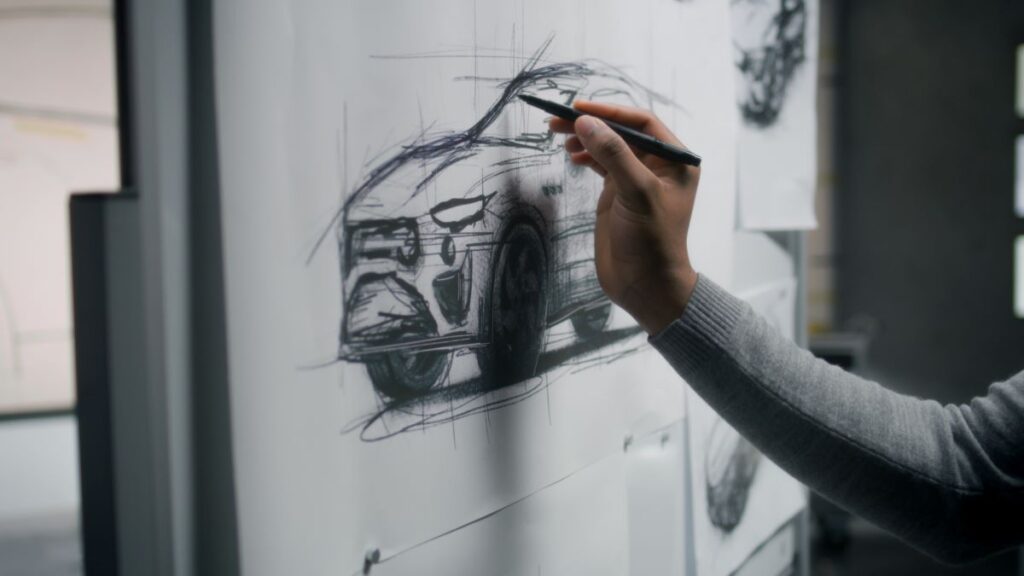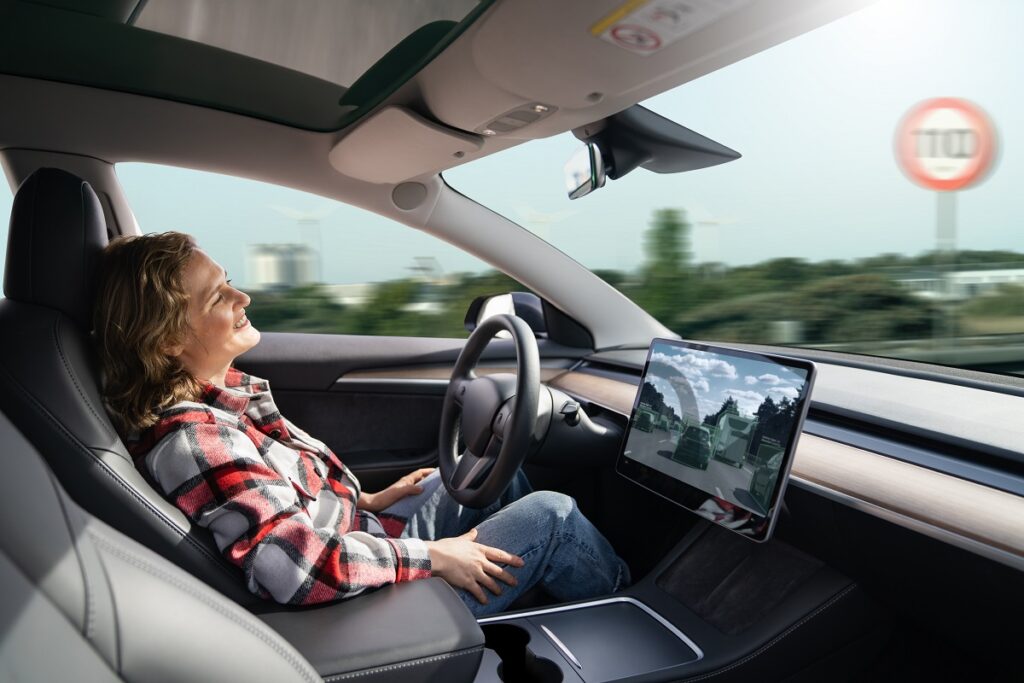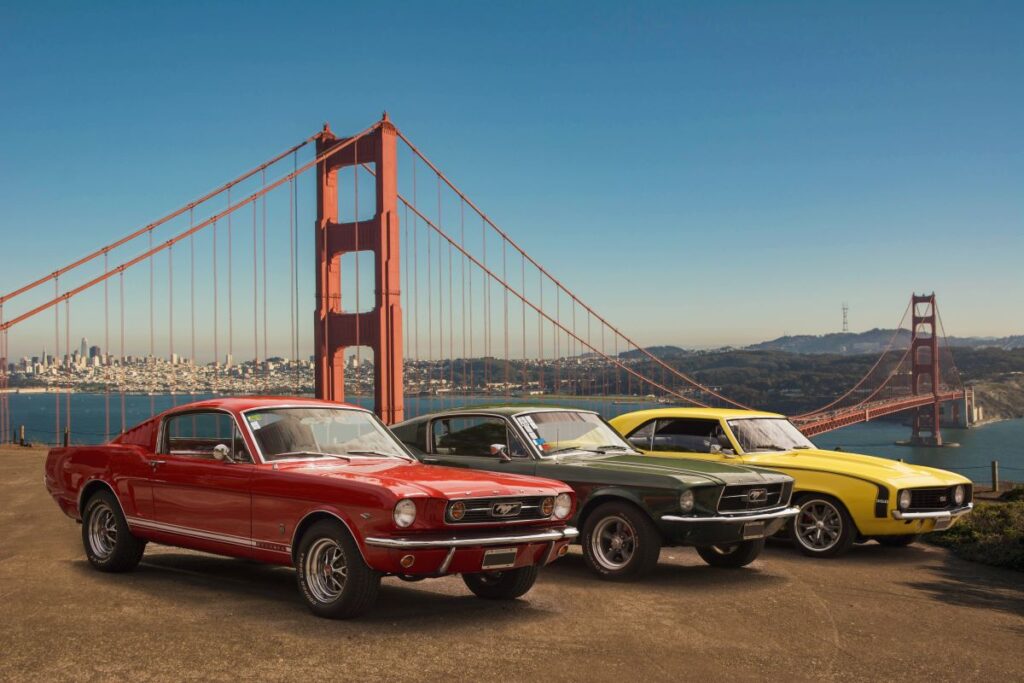In the automotive world, innovation is critical to evolution, but not every groundbreaking feature manages to rev the engines of consumers. Have you ever wondered about the promising car features that ended up as notable flops? Here’s your insider guide to car history’s most ambitious misses.
1. Ford Edsel’s Electronic Push-Button Transmission
Introduced in the late 1950s, the Ford Edsel was supposed to be the car of the future. Among its innovations was the Teletouch system, which replaced the traditional steering column gear shift with push-buttons. However, reliability issues and the public’s discomfort with the new system led to poor sales and the feature’s demise.
2. Cadillac’s Air Suspension
Cadillac introduced air suspension in 1957, aiming for a smoother ride than ever before. Unfortunately, the system was prone to failures and leaks, resulting in high maintenance costs and a quick return to traditional steel springs.
3. The Amphicar’s Watery Wander
The Amphicar, a car designed to function both on land and water, made a splash in the 1960s. Although it was an engineering marvel, practical issues like poor performance both in and out of water and leaky hulls sank its widespread adoption.
4. Renault’s Voice Alert System
In the 1980s, Renault introduced a voice alert system in some models, like the Fuego Turbo, which used synthesized speech to warn drivers about various issues. While innovative, many drivers found the constant verbal alerts annoying rather than helpful, leading to the feature’s discontinuation.
5. Nissan’s Birdview Satellite Navigation
Nissan’s Birdview was one of the first 3D mapping systems, introduced in the late 1990s. It offered drivers a bird’s-eye view of the road, but the technology was expensive and quickly became outdated with the rise of more advanced, user-friendly GPS systems.
6. The DeLorean’s Gull-Wing Doors
Made famous by the “Back to the Future” film series, the DeLorean’s gull-wing doors were as iconic as they were impractical. Issues with functionality and the car’s overall performance prevented this feature from becoming mainstream in automotive design.
7. Chrysler’s Turbo Encabulator
A fictional car part known for its complex description and complete lack of functionality, the Turbo Encabulator was Chrysler’s way of poking fun at the excessive technical jargon in the auto industry. While it never was a real feature, its legacy lives as a reminder of over-complication in car technology.
8. General Motors’ Autonomy Concept
General Motors introduced the Autonomy in 2002, showcasing a vehicle that could change bodies based on the driver’s needs. The concept relied on hydrogen fuel cell technology, but it proved too futuristic and costly to implement with current technology and infrastructure limits.
9. The BMW Gina
BMW’s Gina presented a radical idea with a skin made of fabric that could change shape. Introduced in 2008, it was meant to explore new ideas in car design flexibility. Despite its innovative approach, practicality issues in various weather conditions and durability concerns kept it as a concept rather than a production model.
10. Jaguar’s Heartbeat Sensor Door Handles
In an effort to improve car security, Jaguar equipped the XK and XKR models with door handles that could detect a heartbeat to prevent theft. However, the system was criticized for being an unnecessary gimmick that added little real-world value.
The Road Less Traveled
These automotive innovations show that not every revolutionary idea leads to success. While they didn’t all make it into mainstream production, each failure has contributed valuable lessons to the continuous journey of automotive design and technology. As we look back, these features remind us that in the fast lane of innovation, not every turn leads to gold.
Featured Image Credit: Shutterstock / Frame Stock Footage.
The content of this article is for informational purposes only and does not constitute or replace professional advice.
For transparency, this content was partly developed with AI assistance and carefully curated by an experienced editor to be informative and ensure accuracy.










